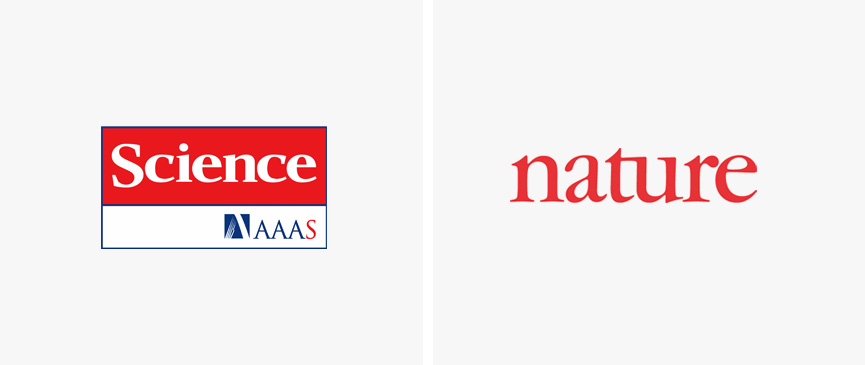The Princess of Asturias Foundation
Sección de idiomas
Fin de la sección de idiomas
Sección de utilidades
Fin de la sección de utilidades
- The Foundation
- HM The King
- HRH The Princess of Asturias
- 2023 Special
- Princess of Asturias Awards
- Area of Communication and Media
- Music Department
- Exemplary Town of Asturias Award
- 2012 Special
- 2013 Special
- 2014 Special
- 2015 Special
- 2016 Special
- 2017 Special
- 2018 Special
- 2019 Special
- 2020 Special
- 2021 Special
- 2022 Special
-
Important: COVID-19
-
Terms of Use
You are in:
Laureates
Start of main content
Journals Nature and Science
Prince of Asturias Award for Communication and Humanities 2007

Some of the most important and innovative work of the last 150 years has appeared on the pages of Science and Nature, thus contributing to the birth and development of many disciplines, including Electromagnetism, Relativity, Quantum Theory, Genetics, Biochemistry and Astronomy. Accordingly, in 2001, the international community learned of the description of the human genome from the pages of both publications. These journals subject the articles they publish to strict screening processes carried out by experts, placing them in their current leading position.
Both weekly publications represent the most reliable channel of communication that the international scientific community has today for reporting.
Science
See more
The journal Science was founded in 1880 in New York, USA, with financial support from American inventor Thomas Edison, and later from Alexander Graham Bell. Having become the official journal of the American Association for the Advancement of Sciences in 1900, its foremost objective is to publish scientific findings and research across a wide range of disciplines. Its pages also contain articles dealing with science policy and other matters related to science and technology. Published weekly, its headquarters are in Washington D.C., USA, with another office in Cambridge, United Kingdom. It has a board of reviewing editors, composed of more than one hundred leading scientists worldwide and of the more than 12,000 top-notch scientific manuscripts submitted, less than 8% are accepted for publication. Its impact factor for 2013, as measured by Thomson Scientific, was 31.477.
Nature
See more
Nature is one of the oldest and most recognized journals of the scientific community. Its first issue was published in November 1869 in the United Kingdom and since then, it has kept to its founding objectives: ‘to place before the general public the grand results of scientific work and scientific discovery’, as the flagship title of Nature Publishing Group, which was created in 1999. Published weekly, it does not specialise in any one specific scientific field, although its publishers have launched other more specialised journals under the Nature brand, including Nature Neuroscience, Nature Methods and Nature Structural and Molecular Biology. In 1970 it opened its first office abroad in Washington DC and then went on to open new branches in New York, Boston, San Francisco, Oxford, Hong Kong, Tokyo, Paris, Munich, Melbourne, Delhi, Madrid and Basingstoke, England. The journal rejects around 95% of the articles sent to it for peer review. Published articles are sometimes highlighted by the general press and are considered to be at the cutting edge of scientific research. Some famous articles published by Nature include the discovery of the double helix structure of DNA by James Dewey Watson and Francis Crick in 1953 and the discovery of the first extrasolar planet, 51 Pegasi b, by Mayor and Queloz in 1995. Its impact factor for 2005, as measured by Thomson Scientific, was 29.073.
End of main content
Sección de utilidades
Fin de la sección de utilidades
- Legal document Legal document (Access key 8)
- | Privacy policy Privacy policy (Access key )
- | Social networks ???en.portal.pie.menu107.title???
- | Cookies ???en.portal.pie.menu110.title???
- | Site map Site Map (Access key 3)
- | Contact Contact (Access key )
- | XHTML 1.0
- | CSS 2.1
- | WAI 'AA
© Copyright 2024. FUNDACIÓN PRINCESA DE ASTURIAS



